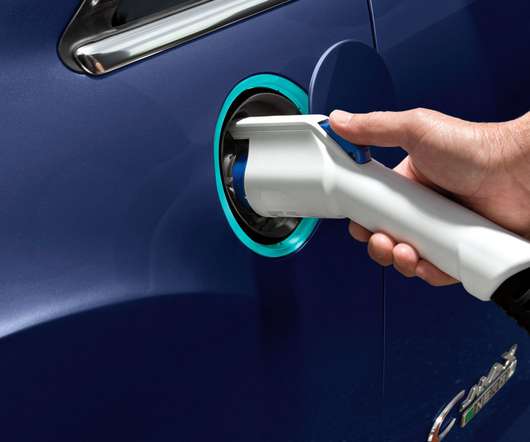Tech: How do Hybrid & Plug-in Hybrid Batteries Recharge? Do I Need to Plug a Hybrid In?
Clean Fleet Report
JANUARY 24, 2023
When the first gasoline-electric hybrids vehicles began arriving in 1999 and 2000, early adopters did their research and were quite knowledgeable about the then-new and revolutionary transportation mode. But the mass market was confused; these new cars had an additional battery to provide electricity to an electric motor.

























Let's personalize your content